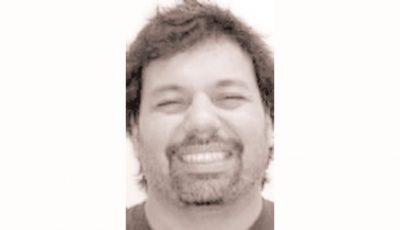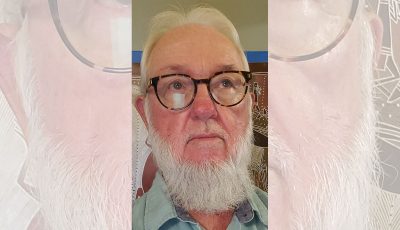Jeju
When my sister finished nursing school, I recruited her to my Journey to the Center with the Ecumenical Institute and the Institute of Cultural Affairs in a human development project on Jeju island before it became a tourist destination. This was prior to Uncle Sam’s anti-ballistic missile shield Naval Base at Gangjeong village in Jeju. She then went on to the U.S. to join the international staff and later, served with her dentist husband in Kenya until the Journey dissipated. They now practice their craft in Hawaii.
We’ve playfully designated SoKor as the 51st State of the Union since citizens do not need visas to enter the United States. Thirty-five percent of SoKor appropriated the traditions of Calvin, Luther, Wesley, and the Vatican II, so their selfhood no longer approximate that of their cousins in the Mangyongdae hoopla in the north as they are to the “Praise the Lord” crowd of Southern California!
The EI/ICA project in Jeju was quickly absorbed in President Park Chung-Hee’s Saemeul Undong (New Community Movement) that swept the nation beginning 1970. Chastened by the local energy already on the ground, our international staff made a strategic retreat and left the tinkering on the socio-human psyche to the local’s nationalist fervor.
I never made it to Jeju but I spent two months in 1972 in Suwon at an International Training Institute, before the farming town became a suburban bedroom for Seoul. I visited the capital city again in 1978, but the international airport moved from Kimpo to Incheon, so rejuvenated Seoul that allegedly looks like an extension of Los Angeles is only a picture in my readings.
Jeju is back in the news with the tragic sinking of a ferry with 325 students on a field trip from Seoul to celebrate spring. The sinking was rapid. It took an hour for the boat that sailed from Incheon to submerge after it reached the channel between the peninsula and the island. The chaperone school vice principal who survived felt too guilty that he committed suicide; the boat sinking will be like the Titanic when less than 40 percent of the passengers survived.
Two items in the news touched my insides. One was the picture of a teacher, one of the first three casualties identified, and the description of her well-received and pleasant relationship with her students. Being a pedagogue who insists on treating students as unique individuals rather than impersonal digits in a numbered roll call practiced in many classrooms, her reputation resonates.
The other is the boat trip itself. As a project director of an orientation for Peace Corps volunteers for Muslim Mindanao that I led in Zamboanga City in 1984, I took our whole training participants and staff for a weekend trip to Jolo, Sulu. This was when Muslims began to harass Gringos whose presence in the southwest region of Mindanao became more pronounced after USAID funds was shifted to the area. Menzi, the paper company, was in neighboring Basilan Island whose natives were earlier Christianized by missionaries so security was not a major concern. Manila PCV central office thought otherwise, and after the orientation, I was not asked to return to do another one, notwithstanding the volunteers’ evaluation that the field trip was a highlight of their training.
The Jeju tragedy reminded me of what I was accused of, as being too indifferent to the possibility of tragedy that might have occurred during the overnight ferry trip going and returning. We did not have a tragedy so I was dismissive then, and knowing how U.S. federal agencies focus more on the “checks” than the “balances,” I took the word of reprimand as par for the course.
The current Jeju incident’s tragedy creeps into our existential consciousness with electronic speed. One girl texted her father “not to worry for she was wearing her life vest.” When her father asked her to get to a window, she answered back that she “could not move as the hallway was full of people.” She is still missing. The Jeju tragedy has since deteriorated into finger pointing; the captain and his crew are now the subject of criminal investigations. To check the state of the stables after the horses had fled into the field is the usual practice. I did not expect this one to be different.
The transcript of the exchange between the ship and the island’s security office is now used to portray confusion and indecisiveness during a 30-minute of chaos. “If only …” is again the armchair quarterbacking’s phrase.
In a planet increasingly getting democratized, with local folks raising their voices to be heard, clamoring for honesty and truth, central authority is harried to investigate aberrations and rhetoric of blame is the favored copout, from Kiev to Kabul, Brussels to Bangkok, Cairo to Rio, Nairobi to Tokyo and, yes, KL to Seoul.
The Jeju incident needs investigating but we can get to the truth without being stuck on trying to determine who is to blame. Let the tears flow but tragedies in life come with the territory. We are better off turning them into lessons for the morrow!
Jaime Vergara previously taught at SVES in the CNMI. A peripatetic pedagogue, he last taught in China but makes Honolulu, Shenyang, and Saipan home. He can be reached at pinoypanda2031@aol.com.



























